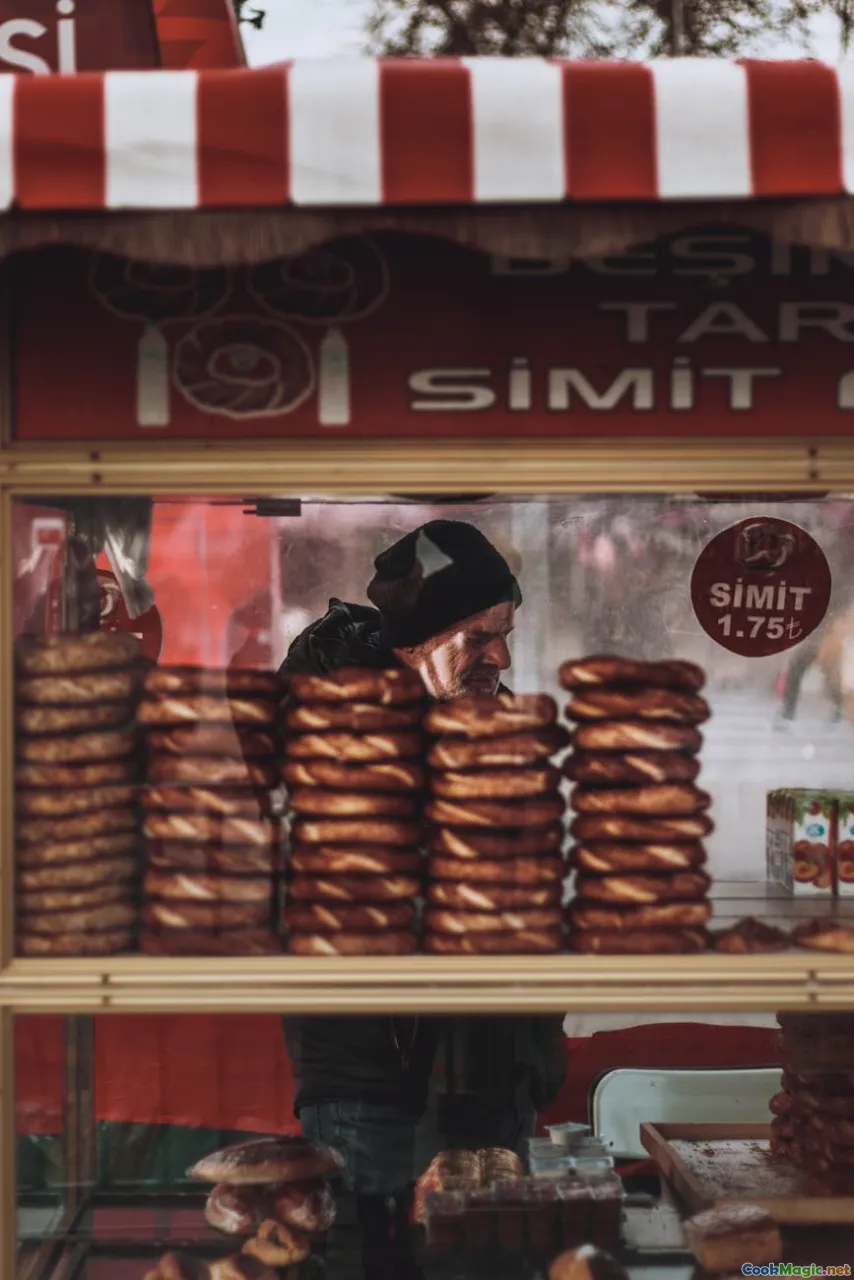Pastizzi Savory Pastry at the Heart of Maltese Culture
8 min read Discover the rich history, cultural significance, and sensory delights of pastizzi, Malta's beloved savory pastry that embodies the soul of Maltese culinary tradition. June 05, 2025 03:00
Pastizzi Savory Pastry at the Heart of Maltese Culture
Malta, a tiny archipelago nestled in the heart of the Mediterranean, is a place where history, culture, and cuisine intertwine in a vibrant tapestry. Among its many culinary treasures, the pastizzi stands out not merely as a snack but as an emblem of Maltese identity—a savory, flaky pastry that has captured the hearts and taste buds of locals and visitors alike for generations.
The Allure of Pastizzi: More Than Just a Pastry
Imagine strolling through the bustling streets of Valletta at dawn or late evening, the aroma of freshly baked pastizzi beckoning from street-side vendors. The scent is intoxicating—a blend of warm, buttery pastry and the rich, savory filling inside. Each bite delivers a symphony of textures: the crisp, golden exterior giving way to a tender, flaky interior filled with a comforting, umami-packed ricotta or a robust pea mash.
Beyond its irresistible taste, pastizzi embodies Malta's social fabric. From humble local bakeries to bustling markets, this pastry is woven into daily life, celebrations, and communal gatherings. It is as much a cultural artifact as it is a culinary delight, reflecting Malta’s history, resilience, and unpretentious charm.
Historical Roots and Evolution
The origins of pastizzi are intertwined with Malta’s complex history, influenced by various rulers and neighboring cultures. Some historians trace the roots of this pastry back to the Arab period when similar flaky, filled pastries appeared in the Middle East and North Africa. The Arab influence introduced the techniques of layering filo-like dough and filling it with hearty ingredients—techniques that Maltese bakers adapted over centuries.
During the Knights of St. John era, the pastry gained popularity among sailors and traders, serving as a portable, energy-rich snack suitable for long voyages. The British colonial period further cemented its place in Maltese street food culture, with the addition of ingredients like ricotta cheese and the refinement of the pastry dough.
Over time, the recipe evolved, but the core concept remained unchanged: a handheld, savory pastry that offers comfort and familiarity. Today, pastizzi is a testament to Malta’s layered history—an edible chronicle of its diverse influences.
The Art of Making Pastizzi
Crafting the perfect pastizzi is both an art and a labor of love. The process begins with preparing the dough—a delicate balance of flour, water, a splash of vinegar, and a generous amount of butter or margarine. The dough is rolled out into thin layers, then folded and rolled repeatedly to create the signature flaky layers.
The fillings are simple yet flavorful. The most traditional are ricotta cheese, seasoned lightly with salt and pepper, and a vibrant green mash of split peas cooked to creamy perfection, seasoned with onion, mint, and a hint of chili.
Assembling the pastizzi involves spooning the filling onto a square of dough, then folding and sealing the edges carefully to prevent leaks during baking. The pastries are then baked in a hot oven until golden, with the tops slightly blistered, and the aroma filling the air.
Many local bakeries have their own secret techniques—some brush the pastries with egg wash for extra shine, while others prefer a more rustic, homemade approach, emphasizing flavor over perfection.
Cultural Significance and Modern-day Traditions
In Malta, pastizzi is more than just food; it’s a cultural icon. It’s common to see families gathered around a paper bag of warm pastizzi during festivals, markets, or Sunday outings. It’s a shared experience—easy to eat, affordable, and satisfying.
Festivals like the Festa ta’ l-Imnarja or local village feasts often feature stalls selling fresh pastizzi, celebrating Maltese agricultural and culinary heritage. It’s not uncommon for Maltese families to have their own cherished recipes handed down through generations, each with subtle variations and personal touches.
In recent years, chefs and food entrepreneurs have embraced pastizzi, elevating it from street snack to gourmet delicacy. Modern reinterpretations include vegan options, exotic fillings, or artisanal doughs, but the essence remains unchanged—a humble pastry with a big heart.
Personal Reflections and Anecdotes
Having traveled extensively, I can attest that no culinary experience compares to biting into a freshly baked pastizzi in Malta. The warmth of the pastry, coupled with its savory filling and the lively chatter of locals, creates a sensory memory that lingers.
I recall mornings spent in a small bakery in Mdina, watching the baker expertly fold and seal each pastizzi, the oven filling the shop with a mouthwatering aroma. The first taste was a revelation—the perfect balance of crispy exterior and creamy interior, flavored with just the right amount of salt and herbs.
This simple pastry is a reminder that great food often comes from humble beginnings, rooted in tradition, and crafted with care.
Conclusion: A Culinary Treasure
Pastizzi encapsulates the spirit of Malta—resilient, warm, and unpretentiously delightful. It stands as a testament to the island’s rich history, diverse influences, and the enduring power of comfort food. Whether enjoyed as a quick snack on the go or savored during festive celebrations, pastizzi remains at the very heart of Maltese culture.
So next time you wander through Malta’s lively streets, don’t miss the chance to indulge in this iconic pastry. Let its flaky layers and savory fillings tell you stories of a land where tradition and flavor are deeply intertwined—an edible symbol of Maltese identity that continues to thrive and delight across generations.









